Superconductors that work at temperatures much higher than absolute zero have befuddled scientists since they were discovered. A new theory might be about to change that.
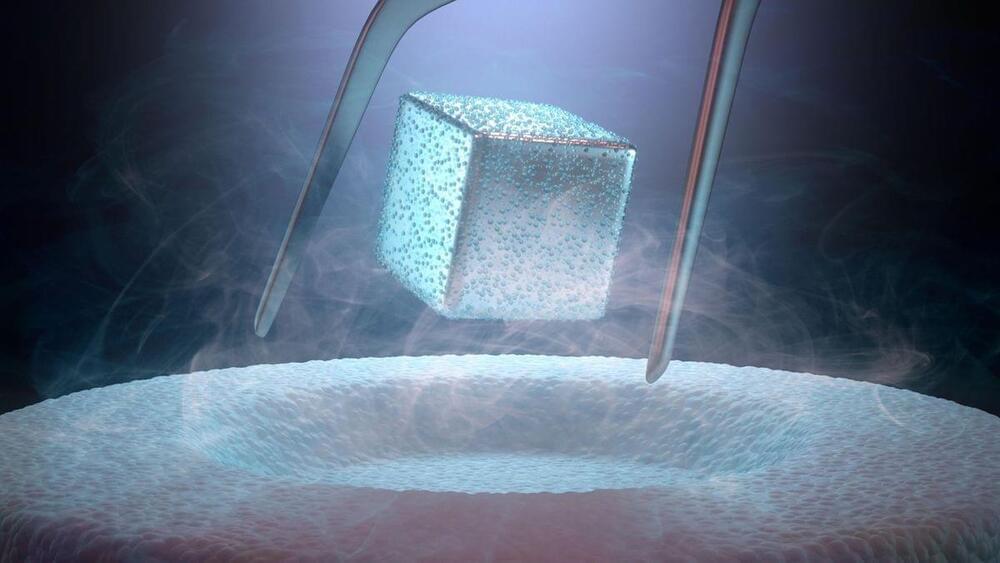


Researchers at the University of Rochester have successfully exported a longevity gene from naked mole rats to mice – a transfer that resulted in both improved health and an extension of the mouse’s lifespan [1].
Longevity. Technology: Naked mole rats, which are known for their long lifespans and exceptional resistance to age-related diseases, have been a focus of longevity research for some time. By introducing a specific gene responsible for improved cellular repair and protection into mice, the Rochester researchers have created promising opportunities to better understand the mechanisms behind aging and potentially increase human lifespan.
“Our study provides a proof of principle that unique longevity mechanisms that evolved in long-lived mammalian species can be exported to improve the lifespans of other mammals,” says Vera Gorbunova, the Doris Johns Cherry Professor of biology and medicine at Rochester [2].

Scientists from the University of Rochester have had the naked mole-rat (Heterocephalus glaber) in their crosshairs for some time, previously identifying how their unique cellular aging mechanisms lay the foundation for their long lifespans – up to 41 years, during which the females also remain fertile – and resistance to age-related diseases.
The modification directly led to the improved overall health of the aging mice and an approximate 4.4% increase in median lifespan.
They weigh about an ounce, spend their lives underground in sub-Saharan Africa and are unlikely to be making the shortlist for any cute animal calendars, but the naked mole-rat continues to show scientists it has incredible age-resistant biology beneath its pale, wrinkly skin.
Building on that knowledge, the researchers genetically modified mice to produce the naked mole-rat version of the hyaluronan synthase 2 gene, which makes a protein that produces high molecular weight hyaluronic acid (HMW-HA). While all mammals have hyaluronan synthase 2, the naked mole-rat’s version is somehow enhanced, driving stronger gene expression.

Inhibiting a protein on the surface of immune cells could offer new strategies for treating severe asthma, Cleveland Clinic researchers found.
Researchers discovered a new way a protein called MCEMP1 contributes to severe inflammation in the airway and lungs. The discovery, published in Nature Communications, provides critical information for developing therapeutic interventions to treat long-term lung conditions, including asthma, on a biological level.
The study was conducted in a lab led by Jae Jung, PhD, chair of the Cancer Biology Department, director of the Infection Biology program, and director of the Sheikha Fatima bint Mubarak Global Center for Pathogen & Human Health Research.
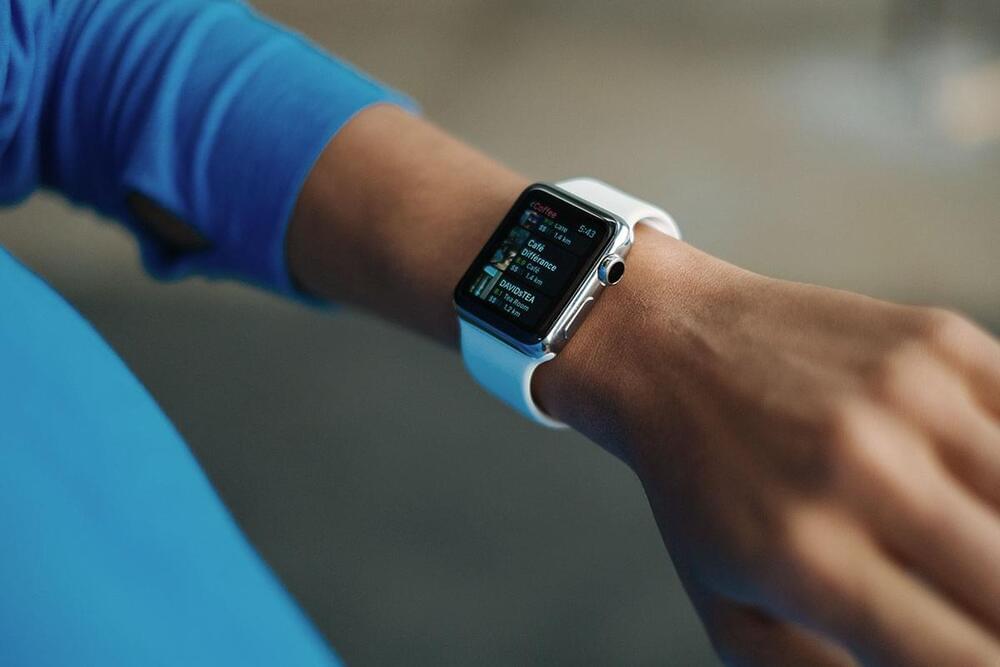
Personalized regenerative medicine company Aspen Neuroscience has joined forces with Emerald Innovations and Rune Labs to integrate digital health monitoring technology into its Trial Ready Screening Cohort Study. The study, which began in 2022, seeks to identify potential patient candidates for a future clinical trial of Aspen’s personalized cell therapy (ANPD001) in Parkinson’s disease.
Aspen’s approach targets Parkinson’s disease by replenishing lost dopamine neurons, addressing both motor and non-motor symptoms of the disease. By combining cutting-edge biosensors, software analytics, and cellular therapies, the new collaboration aims to significantly improve the quality of life for those living with Parkinson’s disease.
Harnessing the capabilities of Emerald Innovations’ ‘invisible’ off-body sensors and Rune Labs’ precision neurology software, Aspen intends to bolster the collection of objective measures of motor function. The company says the partnership will enable long-term symptom capture, providing useful data on disease progression before treatment.
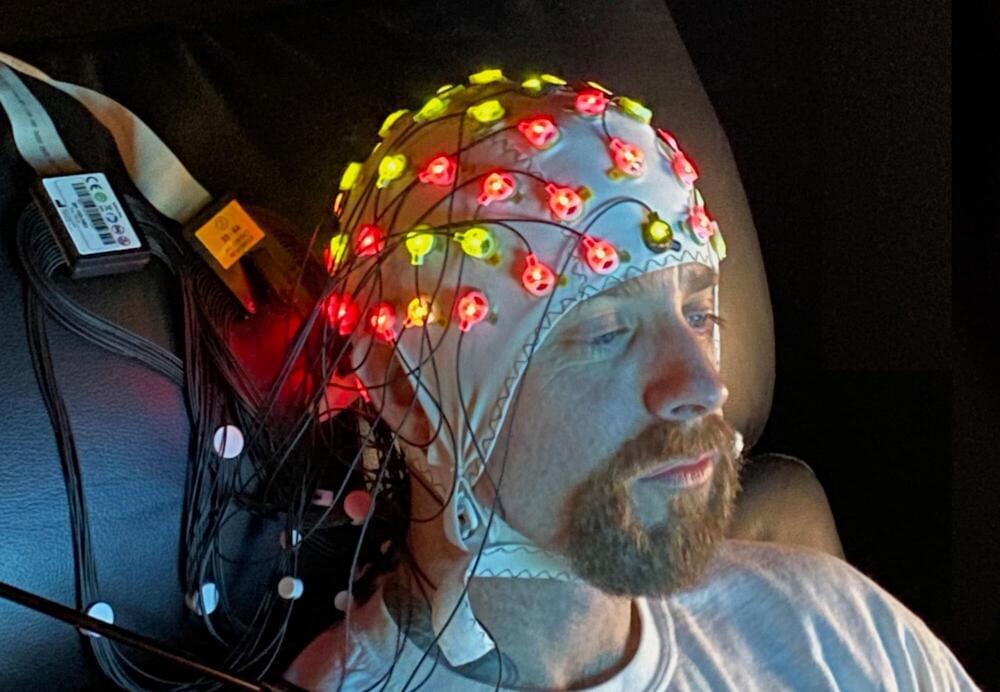
Picture this scenario: You and a friend are walking around your neighborhood when you stop at a crosswalk. As you wait, the noises of the world and your internal thoughts all vie for your attention. Suddenly, you see a motorist nearly hit a bicyclist.
“Whoa, did you see that?” you say to your friend.
“I sure did; that was a fully restored 1967 Ford Mustang,” your friend replies, referring to a car separate from the near-traffic collision.
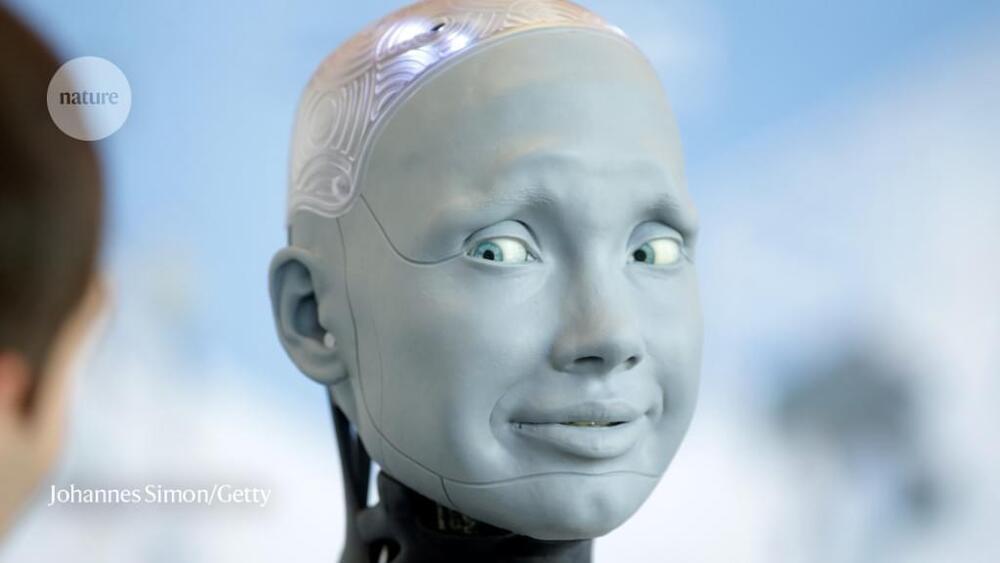

Researchers at Duke University have implemented a quantum-based method to observe a quantum effect in the way light-absorbing molecules interact with incoming photons. Known as a conical intersection, the effect puts limitations on the paths molecules can take to change between different configurations.
The observation method makes use of a quantum simulator, developed from research in quantum computing, and addresses a long-standing, fundamental question in chemistry critical to processes such as photosynthesis, vision and photocatalysis. It is also an example of how advances in quantum computing are being used to investigate fundamental science.
The results appear online August 28 in the journal Nature Chemistry.
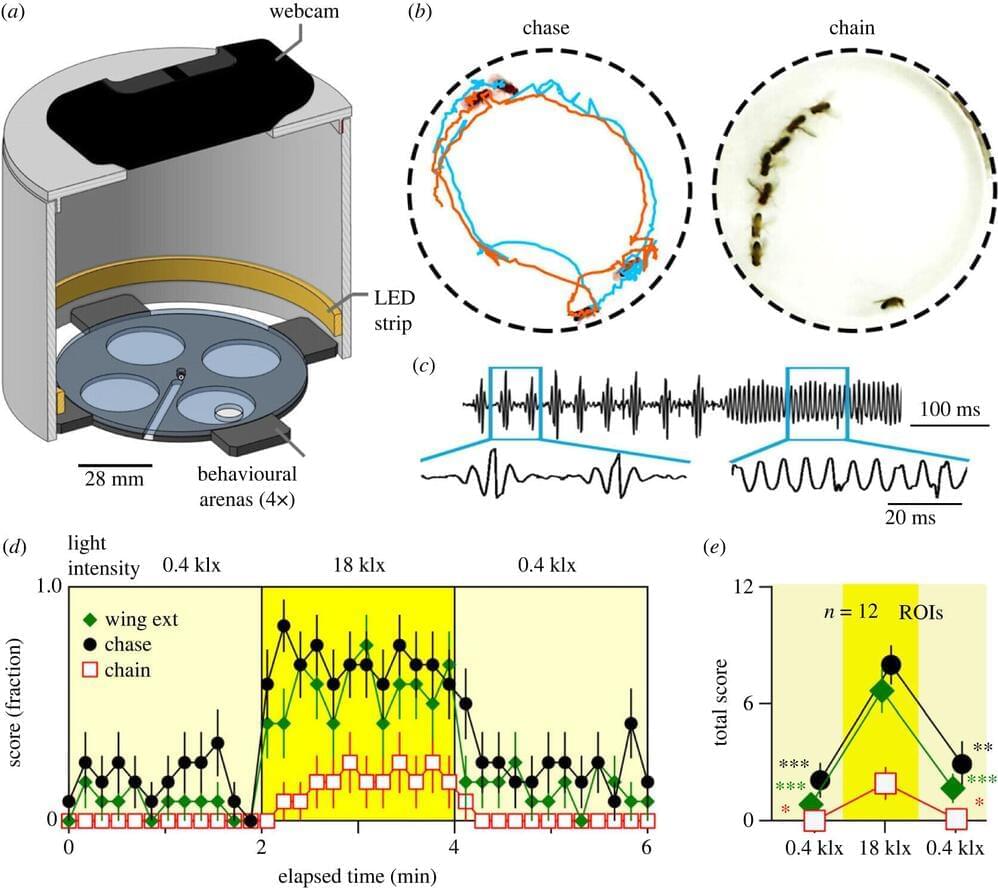
A recent study published in Open Biology reports that exposure to intense light almost instantly provokes courtship behavior in male fruit flies (Drosophila). Surprisingly, the researchers observed both male-male and male-female courtship behavior under these conditions. While male-male courtship behavior among fruit flies is not a new discovery, the findings of this study suggest that intense light exposure specifically precipitates it.
A research team including members from the Department of Biology and the Iowa Neuroscience Institute at the University of Iowa and from the Department of Biological Sciences at University of Alabama made this discovery while observing the general behavior of male fruit flies in intensely-lit test arenas.
Earlier studies have found that internal drive, previous experiences, and sensory input from external sources—including gustatory, olfactory, visual, and mechanosensory signals—all factor into male courtship behavior toward receptive females in Drosophila melanogaster. Male flies typically make a show of chasing, licking, extending their wings, and using them to produce courtship “songs” before ultimately mounting the targeted females.
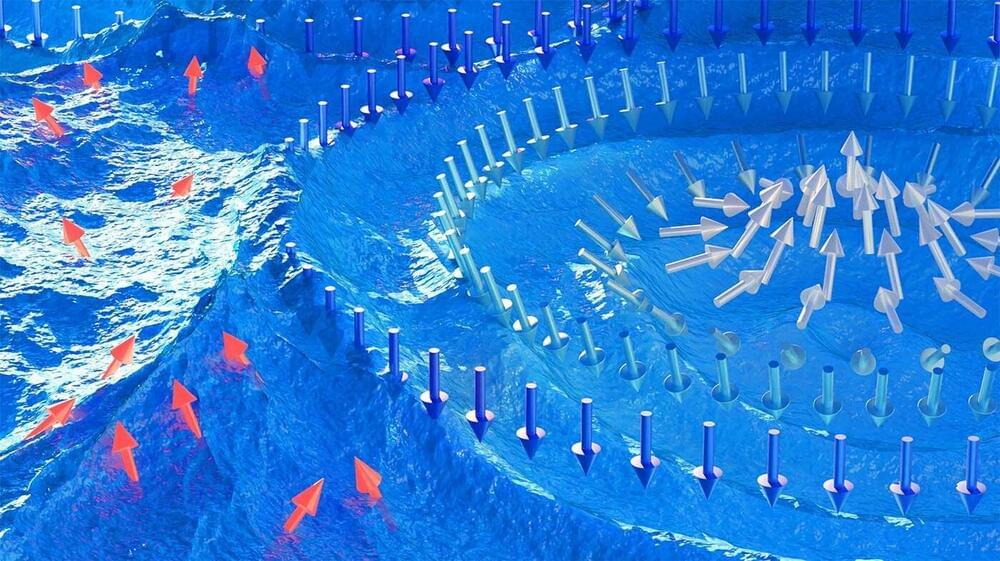
The word “fractals” might inspire images of psychedelic colors spiraling into infinity in a computer animation. An invisible, but powerful and useful, version of this phenomenon exists in the realm of dynamic magnetic fractal networks.
Dustin Gilbert, assistant professor in the Department of Materials Science and Engineering, and colleagues have published new findings in the behavior of these networks—observations that could advance neuromorphic computing capabilities.
Their research is detailed in their article “Skyrmion-Excited Spin-Wave Fractal Networks,” cover story for the August 17, 2023, issue of Advanced Materials.